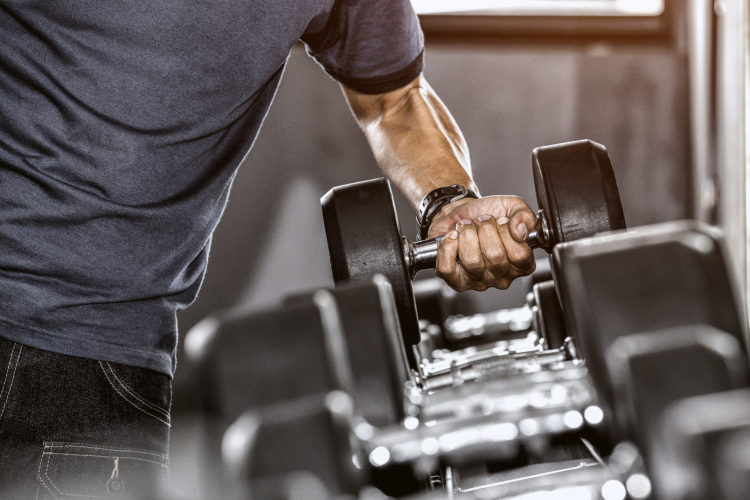
As NSW begins to ease on restrictions, it can be fair to say that a lot of us are very eager to get out there and do more! Honestly, I can’t blame you. This pandemic was a massive curveball and has caused many unfortunate problems along the way.
Since having entered this lockdown, as a Physiotherapist; I have helped many people in the clinic suffering from pain related to sustaining the same posture while working from home for hours on end. Usually this has involved people slouching over the coffee table all day, while working on their laptops.
I have also seen a huge influx of people coming in with ankle / shin based concerns as they have started running a LOT more than they used to. I can understand why. Without being able to leave their homes for any reason other than exercise; it makes sense.
The common factor in both these scenarios here, is a factor of too much, too soon. Whether it be more sitting that you’re used to without a proper setup, or more running that you have previously been exposed to.
With this said, as we start to get ready for Phase 2 of the restriction lifts, allowing gyms to be opening up and outdoor training boot camps being allowed again, let’s not do too much, too soon.
Wiser approach to returning to training?
As much as I know we all want to dive back into where we were at pre-COVID lockdowns, it’s really not in our best interest to do.
If you haven’t had access to much fitness equipment and have not been able to train as you were prior (vast majority of people), do not assume it’s a wise idea to head straight back into your previous program.
Without stimulating our bodies how they were previously stimulated through regular workouts of a high intensity, it is fair to say we may have experienced a slight de-conditioning as a result of this lockdown period. This may mean that we may have lost some of our fitness or dropped off a little in strength. Studies show that a slight decrease in strength can occur after 2 weeks of heavily reduced activity. Studies also show however, that muscle memory is a thing! Meaning it won’t take too long to get back to where you were before.
Simply put, if you used to squat 100kgs for 3 sets of 8 prior this lockdown, I would recommend you progressively get back to this load, and not start your first gym session back at this weight. Maybe start with 60 kgs, and as each week goes on, add a little more weight.
You might need to consider reducing your overall volume. So what this means is instead of starting at your previous amounts of sets and repetitions, you might perform either the same sets, however instead of 3 x 15, might be wise to try 3 x 12, or even reduce sets to 2 x 15.
As previously with the weight, as each week goes on, look at increasing sets and reps progressively to help safely increase your overall intensity to the workout with a reduced risk of injury.
Now while this is the safest approach to returning back to training after a long period off, it is still safest to consult and professional if you have any doubts.
Please feel free to consult with Isaac for any health and fitness based concerns.

